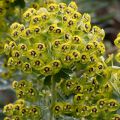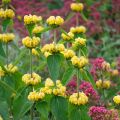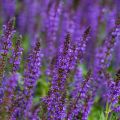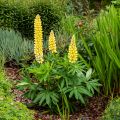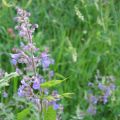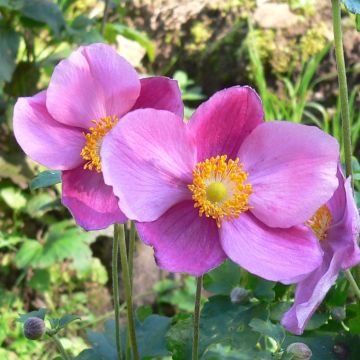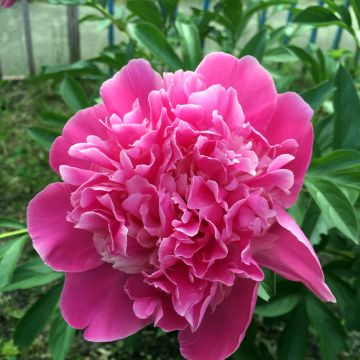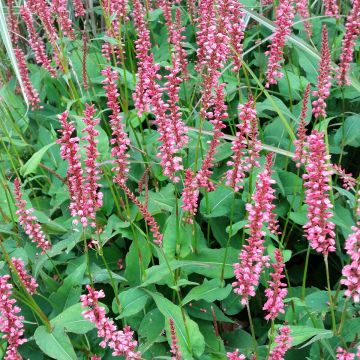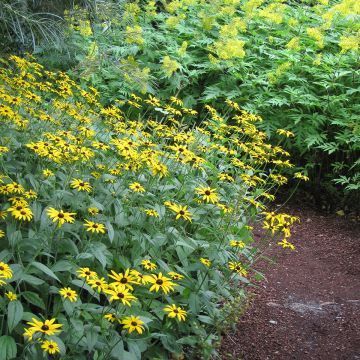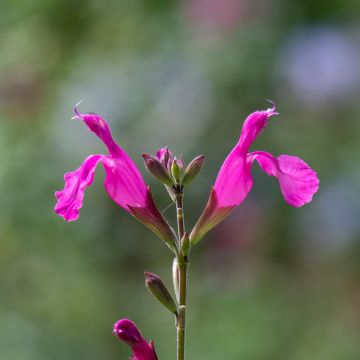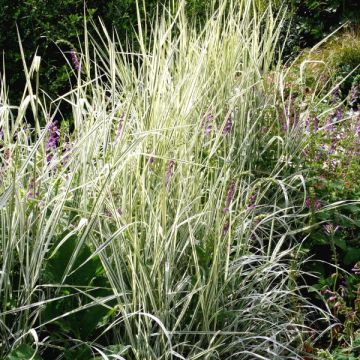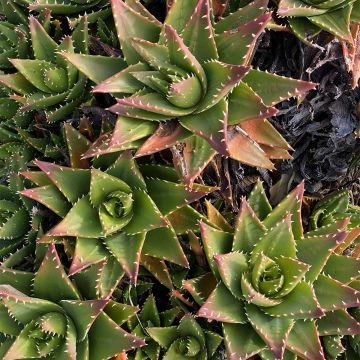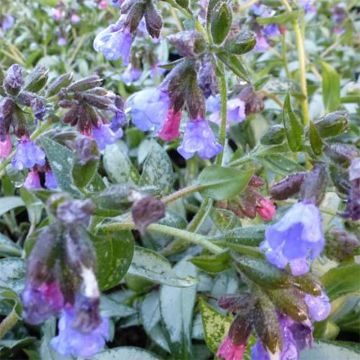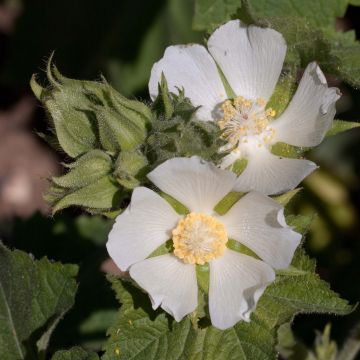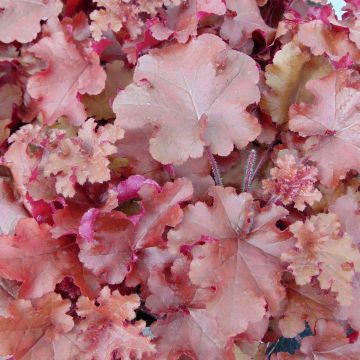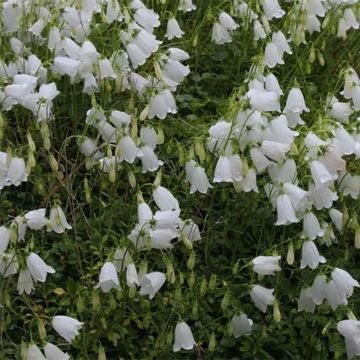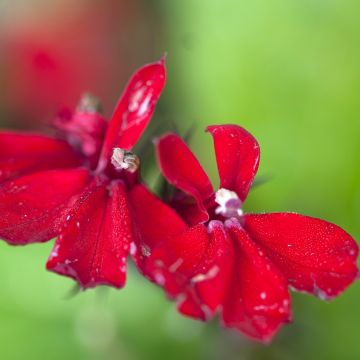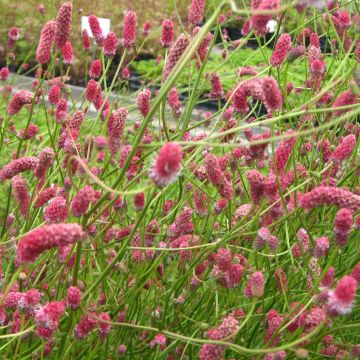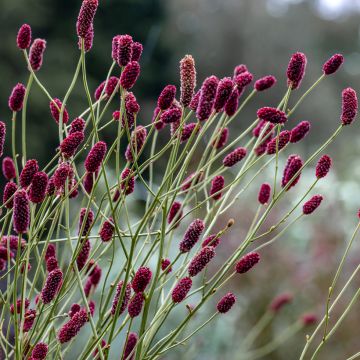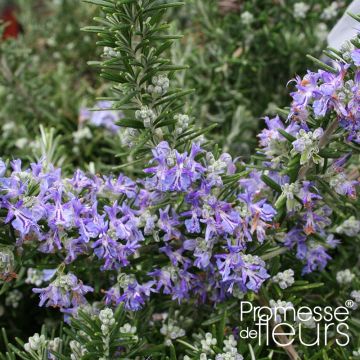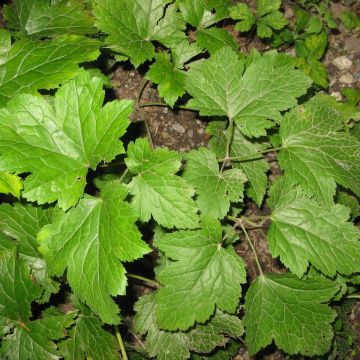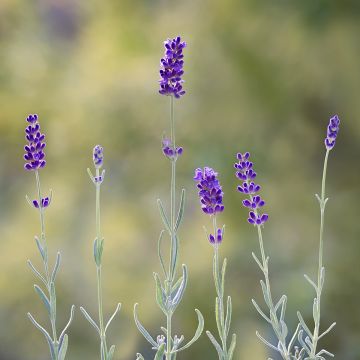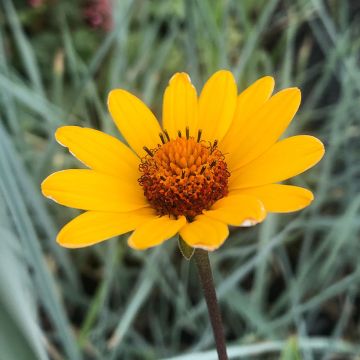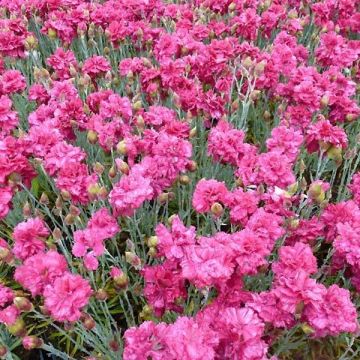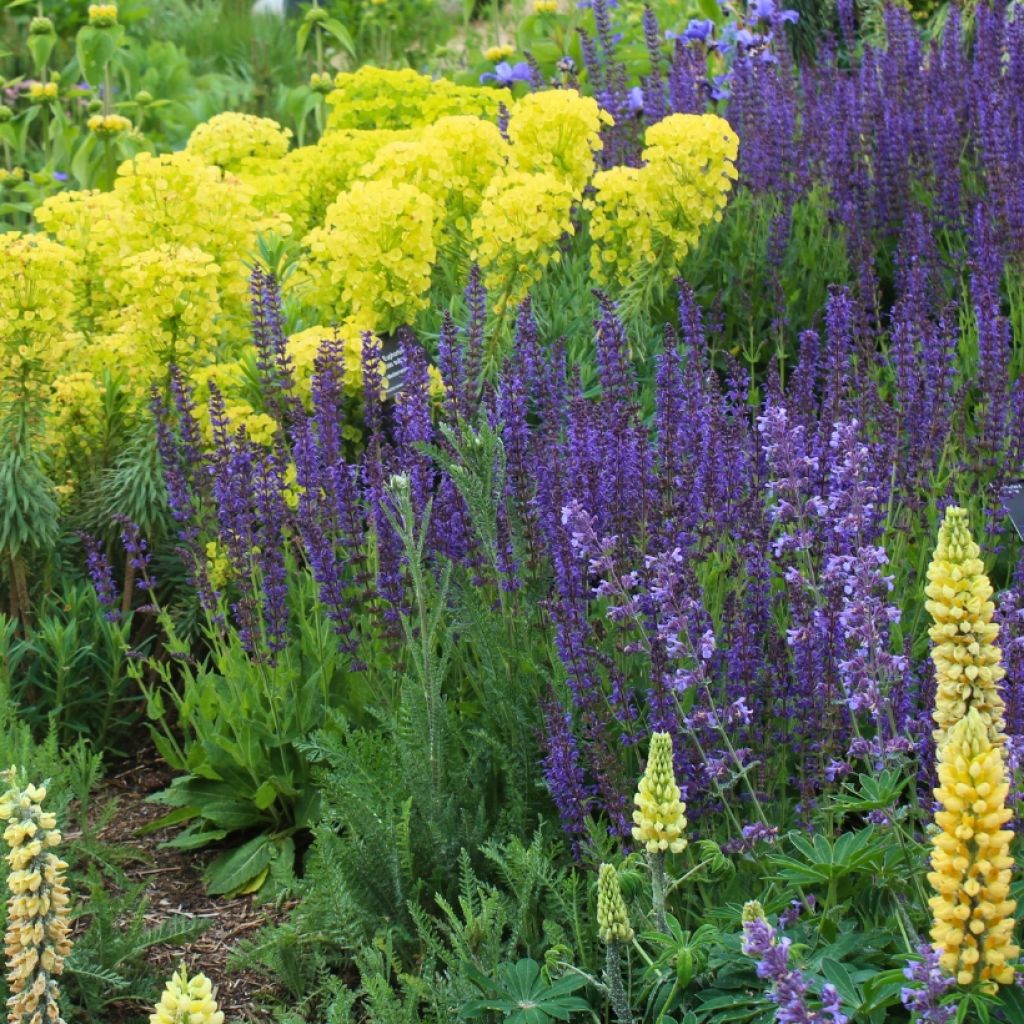

Melliferous Yellow and Blue Flower Bed
Melliferous Yellow and Blue Flower Bed
Euphorbia, Phlomis, Salvia, Lupinus, Nepeta
This item cannot be shipped to the selected country
Delivery charge from €5.90
More information
Schedule delivery date,
and select date in basket
This plant carries a 12 months recovery warranty
More information
We guarantee the quality of our plants for a full growing cycle, and will replace at our expense any plant that fails to recover under normal climatic and planting conditions.
From €5.90 for pickup delivery and €6.90 for home delivery
Express home delivery from €8.90.
Does this plant fit my garden?
Set up your Plantfit profile →
Collection items (5 plants)
Description
Create a melliferous yellow and blue flower bed in full sun with this selection of 5 perennial plants with yellow and blue flowers carefully chosen for their ability to attract bees and butterflies. Offering staggered flowering from spring to summer, this flower bed brings together resilient species, such as Euphorbia characias and Phlomis russeliana, known for their architectural foliage, as well as colourful and long-lasting blooms like Lupin 'Chandelier' and Salvia ‘Mainacht’.
The collection consists of 5 plants:
1 x Euphorbia characias: this shrubby spurge is a majestic perennial, reaching between 80 cm and 1 m in height, with chartreuse green bract flowers contrasting with its grey-green evergreen foliage. Its flowering starts in spring.
1 x Phlomis russeliana: this hardy Phlomis, about 1 m tall, is distinguished by its broad, greyish-green foliage and whorls of pale yellow flowers that appear in late spring, followed by ornamental fruits in summer.
1 x Salvia 'Mainacht': this woodland sage is a compact perennial (60 cm tall), offering long spikes of deep blue-violet flowers from May to July. Ideal for adding height to flower beds.
1 x Lupinus 'Chandelier': this bright yellow Lupin, reaching 90 cm in height, brightens the garden with its tall floral spikes in early summer. It thrives in rich, well-drained soils.
1 x Nepeta grandiflora ‘Wild Cat’: a 60 cm tall perennial plant, known for its lavender-blue flowers. It blooms from June to August, strongly attracting pollinators and adding a wispy touch to the flower bed.
This Yellow and Blue honey-producing flower bed should be planted in spring or autumn, in well-drained and rather rich soil, in full sun. The Euphorbia and Phlomis, with their impressive stature, form the background of the flower bed. The sage and Nepeta are placed in the front to create a wave-like effect of blue hues. Allow a space of 40 to 50 cm between each plant, allowing each to fully develop while ensuring good air circulation.
To enrich this flower bed, you can add plants with similar growing requirements. Iris germanica 'Black Knight' with dark flowers, Perovskia atriplicifolia 'Lacey Blue' with its silvery foliage and light blue flowers, as well as Achillea 'Moonshine' in a bright yellow will form a harmonious ensemble with the yellow and blue tones of the flower bed. Plant three Irises, two Perovskias, and three Achilleas, distributing them in small groups to create repeated patterns over an area of 4 to 5 m². Together, these perennials offer a long flowering period while promoting biodiversity in your garden.
Report an error about the product description
Flowering
Foliage
Plant habit
Botanical data
Euphorbia, Phlomis, Salvia, Lupinus, Nepeta
Euphorbiaceae, Lamiaceae, Fabaceae
Other Perennials A to Z
Planting and care
Plant these young plants in the sun, in well-draining soil, preferably neutral to slightly acidic (the lupin doesn't like too much limestone). Water in the beginning to help the plants establish well. Once well-rooted, they can do without watering in summer in most regions.
Planting period
Intended location
Care
This item has not been reviewed yet - be the first to leave a review about it.
Summer flowering perennials
Haven't found what you were looking for?
Hardiness is the lowest winter temperature a plant can endure without suffering serious damage or even dying. However, hardiness is affected by location (a sheltered area, such as a patio), protection (winter cover) and soil type (hardiness is improved by well-drained soil).

Photo Sharing Terms & Conditions
In order to encourage gardeners to interact and share their experiences, Promesse de fleurs offers various media enabling content to be uploaded onto its Site - in particular via the ‘Photo sharing’ module.
The User agrees to refrain from:
- Posting any content that is illegal, prejudicial, insulting, racist, inciteful to hatred, revisionist, contrary to public decency, that infringes on privacy or on the privacy rights of third parties, in particular the publicity rights of persons and goods, intellectual property rights, or the right to privacy.
- Submitting content on behalf of a third party;
- Impersonate the identity of a third party and/or publish any personal information about a third party;
In general, the User undertakes to refrain from any unethical behaviour.
All Content (in particular text, comments, files, images, photos, videos, creative works, etc.), which may be subject to property or intellectual property rights, image or other private rights, shall remain the property of the User, subject to the limited rights granted by the terms of the licence granted by Promesse de fleurs as stated below. Users are at liberty to publish or not to publish such Content on the Site, notably via the ‘Photo Sharing’ facility, and accept that this Content shall be made public and freely accessible, notably on the Internet.
Users further acknowledge, undertake to have ,and guarantee that they hold all necessary rights and permissions to publish such material on the Site, in particular with regard to the legislation in force pertaining to any privacy, property, intellectual property, image, or contractual rights, or rights of any other nature. By publishing such Content on the Site, Users acknowledge accepting full liability as publishers of the Content within the meaning of the law, and grant Promesse de fleurs, free of charge, an inclusive, worldwide licence for the said Content for the entire duration of its publication, including all reproduction, representation, up/downloading, displaying, performing, transmission, and storage rights.
Users also grant permission for their name to be linked to the Content and accept that this link may not always be made available.
By engaging in posting material, Users consent to their Content becoming automatically accessible on the Internet, in particular on other sites and/or blogs and/or web pages of the Promesse de fleurs site, including in particular social pages and the Promesse de fleurs catalogue.
Users may secure the removal of entrusted content free of charge by issuing a simple request via our contact form.
The flowering period indicated on our website applies to countries and regions located in USDA zone 8 (France, the United Kingdom, Ireland, the Netherlands, etc.)
It will vary according to where you live:
- In zones 9 to 10 (Italy, Spain, Greece, etc.), flowering will occur about 2 to 4 weeks earlier.
- In zones 6 to 7 (Germany, Poland, Slovenia, and lower mountainous regions), flowering will be delayed by 2 to 3 weeks.
- In zone 5 (Central Europe, Scandinavia), blooming will be delayed by 3 to 5 weeks.
In temperate climates, pruning of spring-flowering shrubs (forsythia, spireas, etc.) should be done just after flowering.
Pruning of summer-flowering shrubs (Indian Lilac, Perovskia, etc.) can be done in winter or spring.
In cold regions as well as with frost-sensitive plants, avoid pruning too early when severe frosts may still occur.
The planting period indicated on our website applies to countries and regions located in USDA zone 8 (France, United Kingdom, Ireland, Netherlands).
It will vary according to where you live:
- In Mediterranean zones (Marseille, Madrid, Milan, etc.), autumn and winter are the best planting periods.
- In continental zones (Strasbourg, Munich, Vienna, etc.), delay planting by 2 to 3 weeks in spring and bring it forward by 2 to 4 weeks in autumn.
- In mountainous regions (the Alps, Pyrenees, Carpathians, etc.), it is best to plant in late spring (May-June) or late summer (August-September).
The harvesting period indicated on our website applies to countries and regions in USDA zone 8 (France, England, Ireland, the Netherlands).
In colder areas (Scandinavia, Poland, Austria...) fruit and vegetable harvests are likely to be delayed by 3-4 weeks.
In warmer areas (Italy, Spain, Greece, etc.), harvesting will probably take place earlier, depending on weather conditions.
The sowing periods indicated on our website apply to countries and regions within USDA Zone 8 (France, UK, Ireland, Netherlands).
In colder areas (Scandinavia, Poland, Austria...), delay any outdoor sowing by 3-4 weeks, or sow under glass.
In warmer climes (Italy, Spain, Greece, etc.), bring outdoor sowing forward by a few weeks.

































